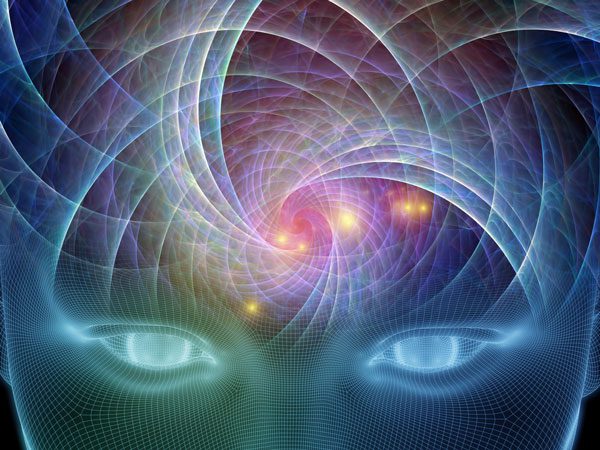Eye Movement Desensitization and Reprocessing is a treatment therapy used in conjunction with other behavioral therapies such as Dialectical Behavior Therapy or Cognitive Therapy for drug treatment and recovery.
EMDR was brought to the attention of Dr. Shapiro in 1979. Upon being diagnosed with cancer, she began extensive research and studies on psychoneuroimmunology (the interaction between the psychological processes and the nervous and immune systems of the body) and the effects of stress on the body. At that point, Shaprio was a doctoral student of English Literature. She dropped out of the program and entered a doctorate program in Clinical Psychology. She states, “We had been putting men on the moon but didn’t know how to deal with their minds and bodies” (“Is EMDR The Cure?”).
Ten years into her research of the mind and body connection, she realized that thought patterns could be changed with certain eye movements. She did studies on her friends, and then a study of 22 trauma victims, which was published in the Journal of Traumatic Stress Studies in 1989. Since then, more than 40 clinical trial and non-randomized studies have been published.
The main focus of EMDR therapy is to process memories stored in the brain. It is a non invasive, evidence based method of psychotherapy that uses adaptive information processing.
It has been applied and been proven helpful to many conditions, including:
- Drug and alcohol addiction
- Eating disorders
- Personality disorders
- Panic attacks
- Post traumatic stress disorders
EMDR has a direct effect on how the brain processes information. When someone has undergone a trauma, or is extremely emotional about something, they may turn to drugs and/or alcohol to calm the disturbance. Even if drugs and alcohol are not used, something changes in the brain when someone is highly upset. The brain cannot process information as it normally would. The person remembering the hurtful event may feel just as bad as the first time they went through it because all of the images, sounds, and feelings have not changed.
With the use of EMDR therapy, the person still remembers what happened, but processes it differently. Eye Movement Desensitization and Reprocessing has 8 phases of treatment:
Phase 1: History and Treatment Plan
In the first one or two sessions the therapist develops a treatment plan. The initial sessions are used for discussing with the client what has brought them into therapy, the symptoms, and the behaviors stemming from the symptoms and his/her problems. One of the many good aspects of EMDR therapy is that the client does not have to be too specific in what has hurt them in the past. Some individuals may want and need to talk about these events in detail, while others may not wish too. The therapist does not need to hear the specific details for EMDR to be helpful.
Phase 2: Preparation
This phase usually takes one to four sessions. At this time, the therapist will teach some basic techniques the individual can use with any emotional disturbances that may arise, but the primary goal at this time is to build trust between client and therapist. Since EMDR is more than learning specific eye movements, the therapist takes these sessions to get to know the client as an individual. This enables the therapist to teach relaxation techniques specific to the person.
Phase 3: Assessment
In this phase, the therapist assesses the specific target to be reprocessed. The client selects a picture or scene from the event that represents the memory, then places a statement associated with that event. Even if the client knows the statement is false, such as “I am ugly,” or “I am dirty,” the verbalization of this feelings notes the disturbing emotions that still exist. The client then chooses a counter-positive statement that he/she would rather believe. The VOC (Validity of Cognition) scale is used to assess how true the client believes the positive statement to be, with “1” meaning “totally false”, and “7” equaling “completely true.” The score reflects what the person feels, not what the person thinks, because we are more driven by how we “feel” about something. During this assessment the client is asked to identify where they feel the physical sensation that goes along with the negative thought. Perhaps their stomach hurts, they sweat, or get a headache. The therapist works with the client to reprocess these feelings through eye movements, taps, or tones.
Phase 4: Desensitization
This phase focuses on the client’s disturbing emotions as they are measured by the Subjective Units of Disturbance (SUD) scale. The SUD scale is 0 (no disturbance at all) to 10 (the worst you have ever felt). The therapist will guide the client through eye movements and other forms of stimulation using changes of focus until the SUD scale reaches below 2.
Phase 5: Installation
The goal of this phase is to concentrate on and increase the positive belief that the client has identified to replace the negative belief.
Phase 6: Body Scan
Once the positive belief has been strengthened, the therapist will bring it back to the client’s attention to see of there is any tension left in the body. EMDR evaluations can indicate a physical response to unresolved issues. An EMDR session is not considered successful until the client can bring up the original target without feeling any bodily tension.
Phase 7: Closure
The closure (also at the end at every session) leaves the client feeling better than at the beginning. At this point, the client has been assisted with numerous self-calming techniques and has journaled, recording which techniques have worked to use for future reference.
Phase 8: Reevaluation
At the beginning of subsequent sessions, and at the opening of every session, the therapist checks the positive results by checking in on the SUD, VOC, and bodily tension.
EMDR therapy is not a rapid fix. The healing process takes time and should be used in conjunction with other psychotherapies. It has been proven in numerous tests to work in healing the underlying causes of addiction.
References:



